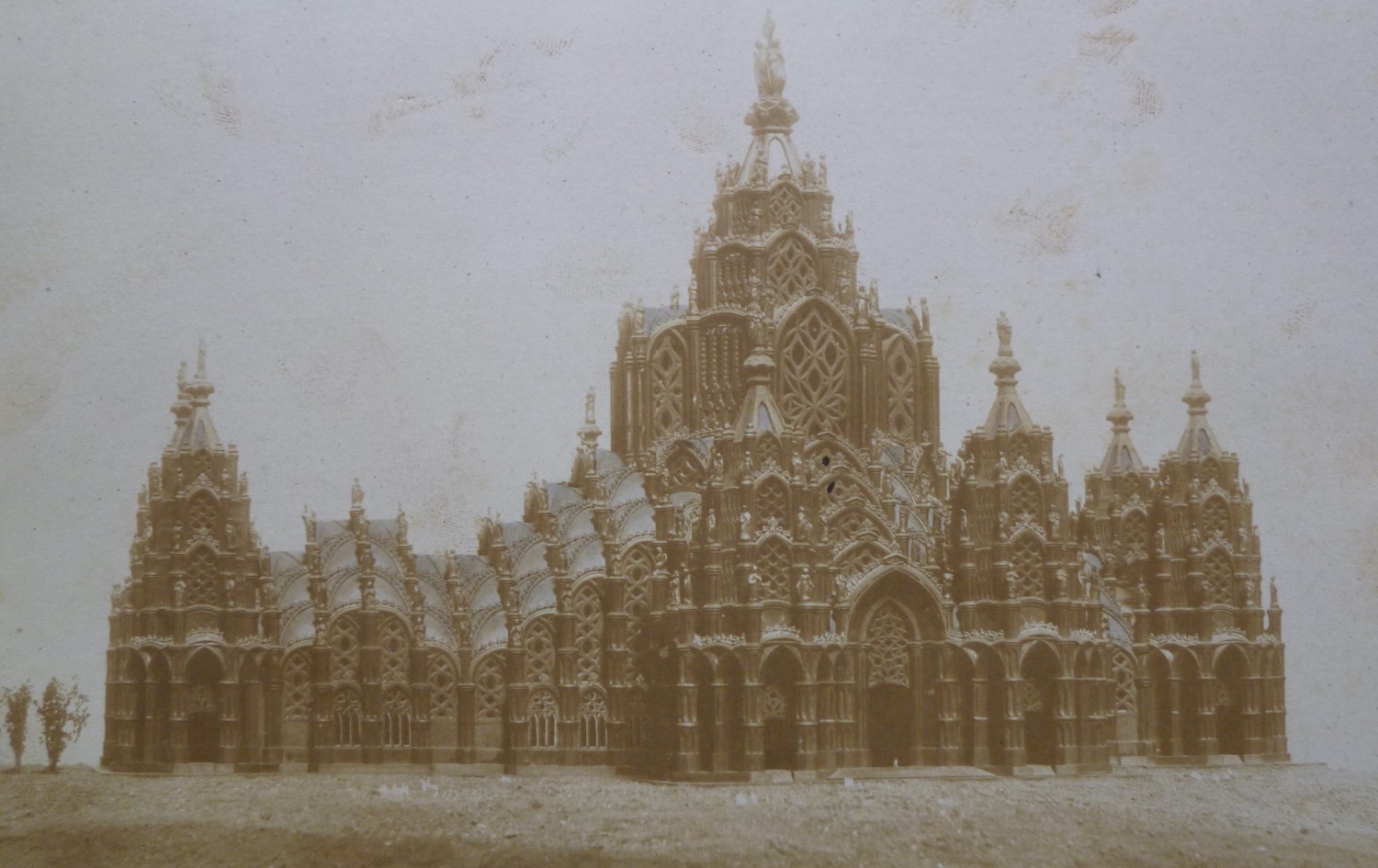Laurent Koetz
Louis Auguste Boileau (1812-1896): an inventive architect of the 19th century
Studying the career of Louis-Auguste Boileau (1812-1896) provides an opportunity to shed light on the status of invention in 19th-century architectural practice. A carpenter who became an architect, Boileau truly embodies the figure of the inventor: he reflected on the improvement of structural, lighting and roofing systems for buildings, sought to create a ‘new architectural form’ in response to the expectations of his time, and developed a historical reflection based on the elucidation of the laws of progress. Boileau did not view invention solely from a technical perspective; for him, it determined the evolution of architectural types representative of religious and social organisations over the centuries. This multiplicity of aspects makes it difficult to analyse his career. It raises the question of the perspective from which to construct a biographical approach capable of accounting for both his place in a specific context and his uniqueness.
In an attempt to answer these questions, the thesis develops along two lines: on the one hand, it shows that the practical and theoretical modalities of invention in Boileau's work are developed from his relationships with various artistic and intellectual circles; secondly, to highlight how his capacity for invention owes much to his culture as a craftsman, that of a skilled and educated carpenter.
The research focuses first on a study of Boileau's texts, which provide insight into the ideas that influenced him and the debates in which he sought to participate. It then extends to an analysis of projects and achievements that provide an opportunity to describe the relationship between theory and practice. It continues with an observation of the communication strategies in which the architect innovates, particularly through his original use of photographic processes.
Thanks to these different approaches, a clearer picture of Boileau's place in architectural history should emerge. But above all, beyond his particular case, the aim is to contribute to a better understanding of the complexity of conceptions of progress as they developed in the 19th century.
- PhD framework
◖ Dissertation supervision
Valérie Nègre
University of Paris 1 Panthéon-Sorbonne
◖ PhD framework
Thesis defended in November 2020
◖ Research environment
OCS Laboratory
AUSser joint research unit, Gustave Eiffel University
AHTTEP Laboratory
- About research
◖ Keywords
Invention, architectural historiography, metal construction, industrialization, craftsmanship,
carpentry, architectural models, architectural photography, religious architecture, civil
architecture
Illustration →
Bisson frères, [Louis Auguste Boileau, Composition synthétique, 1850, wooden model], circa 1850-1853, lithophotograph (Lemercier imprimeur). Published in: Louis Auguste Boileau, Nouvelle forme architecturale, Paris, Gide et J. Baudry, 1853.
